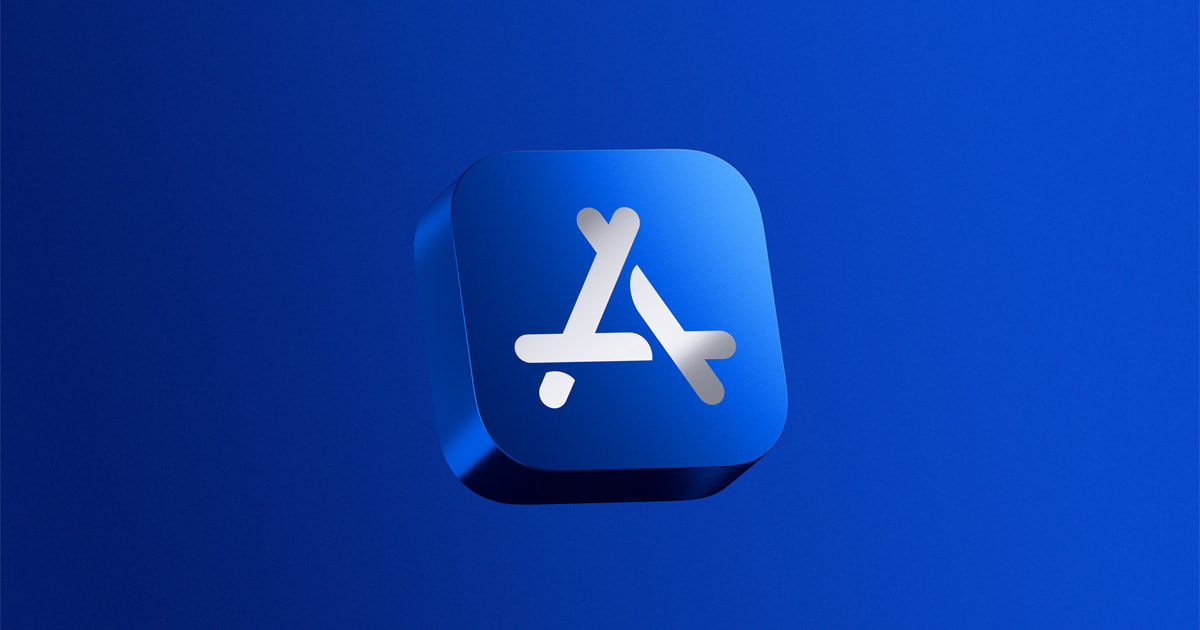Head to the iOS App Store or Android’s Google Play and look at the video game charts. They’re riddled with Minecraft clones, riffs on Fall Guys, and endless runners. Many of them lack a distinctive art style, featuring balloon-like, gelatinous humanoids painted in bright primary colors. They come from game studios you’ve never heard of, launched by publishers with dozens and dozens of games.
Of course, these games don’t materialize out of the ether. People make games. And for some of these games, at least, people are being exploited.
For six months, Berke Sayıl was one of these developers. Based in Turkey and with no formal experience to show prospective employers, he jumped at the chance to work at a company creating hit mobile games for iOS and Android. Sayıl’s non-disclosure agreements prevent him from naming the company in question, but his experience was that of a company that prioritized advertising revenue over creativity.
“I didn’t feel like I was contributing anything,” Sayıl says. “Anybody could do what I did.”

As a video game coder, Sayıl is probably selling himself a little short here, but that’s how the job made him feel. At the start, he worked with just two other people, but the team later expanded to five. Other coders in the team worked on pumping out other games, and he only got support on the art side. Someone’s gotta make the funny blob men.
For his efforts, Sayıl was paid the equivalent of $100 a month in Turkish dollars, which is less than half the country’s minimum wage of $250 per month, and not even enough to make rent. He worked 40 hours a week. If he wasn’t attending college and getting help from his parents, it wouldn’t have been feasible at all.
“We were targeting the top 100 free iOS games ranking in America, because that’s what the most ad revenue is,” Sayıl explains of the process. “So we were analyzing them and trying to come up with some little quirk we can add so it doesn’t look like the same game, but it also gets played. But you do it in such a fast fashion that you don’t really look for great unique qualities, and you’re just like, ‘Yeah, people think it’s something else.’”
Typically, these games would take around a month to create, from conception to launch. It all starts with the ‘idea phase’, where the small team would come up with 15-20 game ideas – spins on popular, proven concepts. Then someone who is known as the ‘game manager’ would come in and choose which ones they thought were most marketable.

“They looked into these ideas and gave us some tips on how to make them better,” Sayıl says. “So when we had the green light from them, we had about two weeks, at most three weeks, to create a game that’s ready for testing ads.”
During the ad testing phase, the company would make a short gameplay video and spend around $100 on marketing it across social media. How many people followed the game from there would dictate whether or not the game would be greenlit or trashed.
“There were metrics: CPI (cost per installation),” Sayıl says. “So we looked into those CPIs. if they were below 50 cents per install then it’s a promising game. If an install cost us 20 cents, that’s a good game.”
They also created variations of the same game for these adverts, testing the reaction to different colors and animations. The ones with the most watch time would end up in the game. “We had to change some final animations,” Sayıl says. “We had something related to basketball. So the player was dunking and we had to change how it was functioning because it didn’t look great on the other adverts.
Sayıl recently took to Twitter to warn people against working for this kind of hyper-casual mobile game publisher. While he notes that it was a good way to get something tangible on his résumé, he hopes to stop people from being sucked in by the machine.
“It’s great to find your first experience but you just need to keep in mind that you don’t want to be there forever and you need to get out as soon as you can,” he says. “It’s like a factory. They throw out a lot of games until something sticks. These publishers are marketing first, and they are using the game for revenue, but they are marketing agencies.”
Written by Kirk McKeand on behalf of GLHF.
[listicle id=1163197]
[mm-video type=video id=01fqpcc5fy4z69j31mar playlist_id=none player_id=none image=https://images2.minutemediacdn.com/image/upload/video/thumbnail/mmplus/01fqpcc5fy4z69j31mar/01fqpcc5fy4z69j31mar-5fd567aebf1e13ea394e4522425d1f3f.jpg]
